
The Adirondacks Rock! Part 1: The Beginning
By: Tyler Frakes - Adirondack Council Membership Director
Wednesday, April 11, 2018
Being raised along the shores of Lake Champlain and the Adirondack coast, I spent many summer days at the beach. I would snorkel the sand bars looking for native mussels, ride atop large drift logs from the river, explore the rocky shores for crayfish, and gather pieces of worn, colorful beach glass. Some of my favorite activities involved rocks, more specifically skipping stones (the flatter the better!) and collecting unique rocks and feebly attempting to crack them apart in hopes of unearthing fossils.
Examining these rocks would inevitably lead to puzzlement and many questions. What kind of rocks are these? How old are these rocks? How did they get here? Why do some rocks contain fossils? In order to answer these questions, we must look back in time.
But first, we need to understand the three different rock types and how they are created.
Igneous
Rocks formed from hot, molten rock that crystallizes and solidifies. Intrusive: Formed within the Earth’s crust surrounded by other rocks - e.g. granite, anorthosite. Extrusive: Volcanic rocks formed above or near the Earth’s crust - e.g. obsidian and basalt.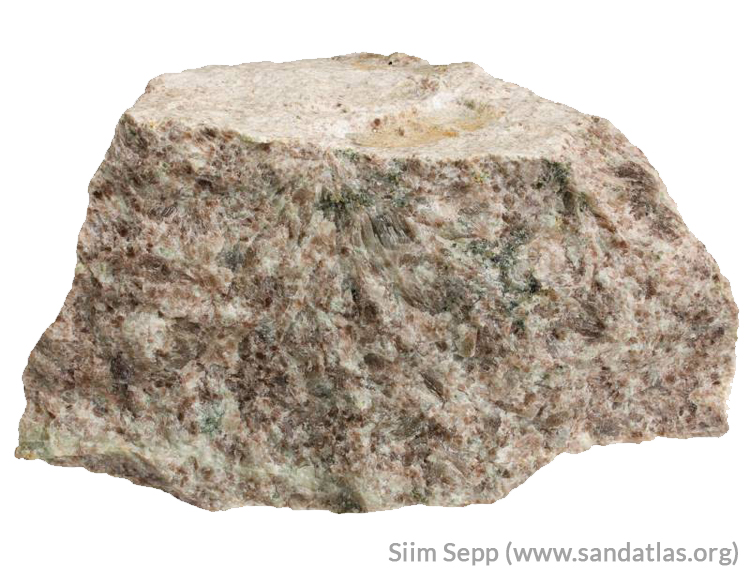
Metamorphic
Rocks formed from pre-existing rocks exposed to high heatand pressure deep within the Earth and near tectonic plate - e.g. schist, marble, gneiss.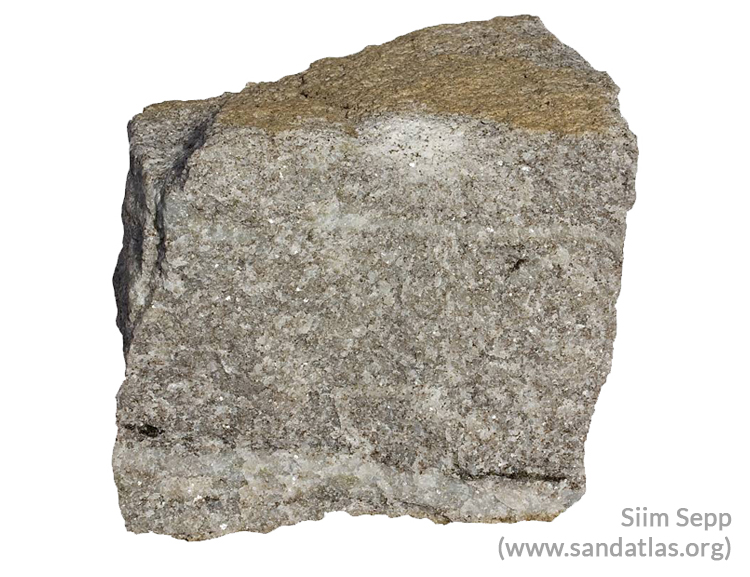
Sedimentary
Rocks formed from pre-existing rocks or pieces of once-living organisms that accumulate on the Earth’s surface and have distinct layers - e.g. sandstone, limestone, shale.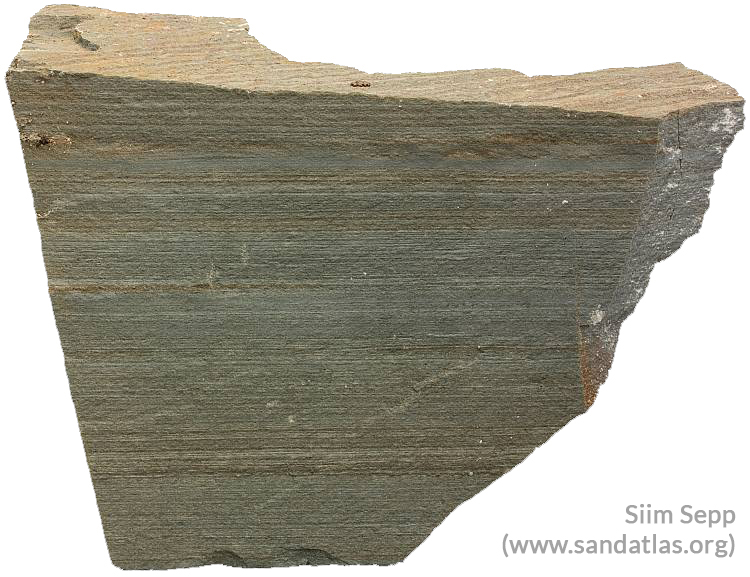
The Grenville Mountains - 1 billion years ago
The types of rock we see in the Adirondack Park today are old, very old. These rocks pre-date the Adirondacks and are believed to be created one-billion years ago under the intense heat, pressure, and buckling and folding of colliding continental plates.
Under these conditions, pre-existing sedimentary rock such sandstones, limestones and shales were slowly metamorphosed (changed) into a mixture of other rocks (quartzite, gneiss, schist, and marble). Other Adirondack rocks were formed from emerging magma (molten rock) squeezed up through existing sedimentary and metamorphic rock by the friction of sliding rocks up, down and sideways. The molten rock cooled and crystallized to form igneous rocks such as granite and anorthosite.
These igneous, metamorphic and sedimentary rocks all swirled together. The tectonic event that created these rocks resulted in the formation of the Grenville Mountains, an area stretching from Canada to Mexico. These rocks formed the basement of the continent and the beginning of the Adirondacks. Once as high as a Himalayas these mountains were eroded, buried by their sediment and flooded by a warm, shallow sea some 400-500 million years ago.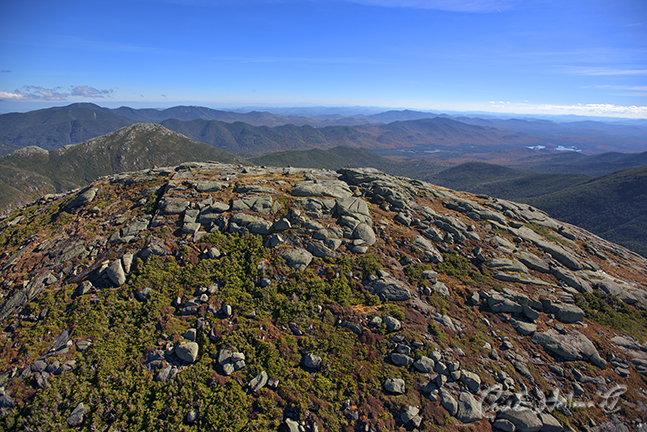
From Old Rock a Dome Rises - 20 million years ago
The Grenville “basement” rocks were covered by younger sedimentary rock for hundreds of million of years. Getting these basement rocks to surface to create the Adirondack dome we know today would take several more tectonic collisions, continental rifts, one unexplained uplifting, and a lot of erosion.
Unlike the Rocky Mountains and the Appalachian Mountains, which were created by subducting tectonic plates and colliding tectonic plates respectively, the Adirondack were uplifted. It is believed that the uplifting of old basement rock and overlying sedimentary rock, from 15 miles below the Earth’s surface, was caused by a “hot spot” or bubble of magma. Although, the Adirondacks lack the common signs of this “hot spot” such as hot springs, geysers or warm wells. The rising of the old rock that formed a great dome measuring 120 miles and 80 miles wide remains a mystery. Today, the dome continues to rise almost one foot per century.
Over the next several million years the sedimentary rock was slowly worn away to expose the billion year old metamorphic and igneous bedrock that is the Adirondack mountains. At the edges, Adirondack dome sedimentary rock remains today. It is within this rock that we can discover Paleozoic fossils of plants and animals from 350 million years ago. In fact, one of the world’s oldest known fossilized reefs can be found at the Chazy Reef on Isle La Motte, Vermont.
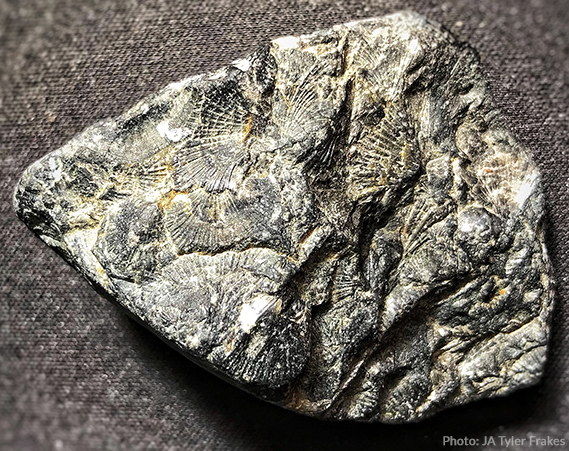
New Mountains from Ancient Rock
We now know that the Adirondacks were formed from ancient rock, mostly metamorphic and igneous, over one billion years ago. These ancient rocks were covered by ocean sediment and reappeared only recently (geologically speaking) due to an unexplained uplifting event that continues today. The Adirondacks are new mountains from old rock that are still growing faster than they can be eroded! At the edges of the Adirondacks we can find sedimentary rock that contains fossilized plants and animals that lived 400 - 500 million years ago.
The story of the Adirondack mountains doesn’t end here. Let’s continue our exploration in Part II and understand the forces of glaciation that added the finishing touches on the Adirondacks as we know them. Because, the Adirondacks rock!
Sources:
Adirondack Wildguide: A Natural History of the Adirondack Park, Michael G. DiNunzio
The Adirondack Atlas: A Geographic Portrait of the Adirondack Park, Jerry Jenkins
US Geological Survey
Sand Atlas - Simm Sepp
Teacher Friendly Guide, Geological History of the Northeast
|





